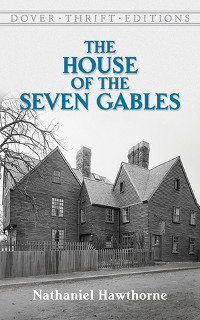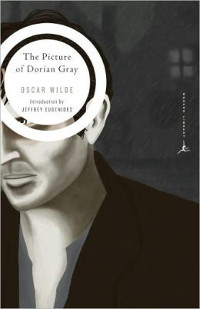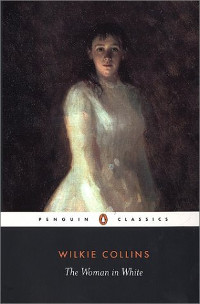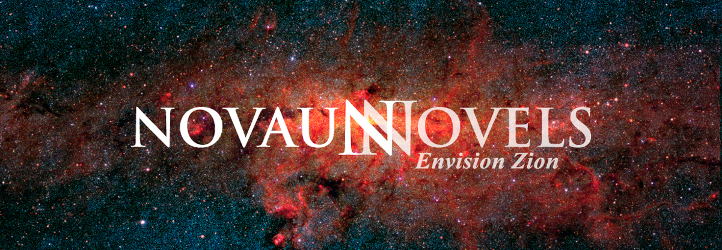I’ve just uploaded updates for two important files on my web site. The first, “Wholesome Literature—A Realistic Choice,” is a rewrite of the essay previously entitled “Wholesome Literature—the Intelligent Choice” for a general religious audience. The original essay began as a literary spotlight to a group of women in my church almost twenty years ago. Of all my literary essays, it was the one with the most potential for revision to a more general audience. After several attempts over the past decade to make that revision, I finally produced something that satisfies me!
The second document I updated was “My Favorite Clean Fiction.” I now provide a link for each author who has books in the public domain to his or her list of free ebooks on Project Gutenberg‘s web site. I also simplified my list and added descriptions for almost all of the titles.
As I collected descriptions, I couldn’t help but notice how many of them weren’t written to draw a popular audience, particularly those describing the classics. That seems a shame to me, because so many of the classics really are great stories. If the descriptions were written to capitalize more on the story and less on the meaning, the books might find a wider audience. For example, here’s a boring description of The House of the Seven Gables by Nathaniel Hawthorne:
First published in 1851, The House of the Seven Gables is one of Hawthorne’s defining works, a vivid depiction of American life and values replete with brilliantly etched characters. The tale of a cursed house with a “mysterious and terrible past” and the generations linked to it, Hawthorne’s chronicle of the Maule and Pyncheon families over two centuries reveals, in Mary Oliver’s words, “lives caught in the common fire of history.”
A story about a “cursed house” might draw my interest, but the rest of it sounds pretty stuffy. The description below would be more likely to entice me to actually read the book:
Built over an unquiet grave, the House of the Seven Gables carries a dying man’s curse that blights the lives of its residents for over two centuries. Now Judge Jaffrey Pyncheon, an iron-hearted hypocrite and intellectual heir to the mansion’s unscrupulous founder, is attempting to railroad a pair of his elderly relatives out of the house. Only two young people stand in his way—a visiting country cousin and an enigmatic boarder skilled in mesmerism.

Even this description doesn’t quite do the story justice because it doesn’t mention anything about the fact that mysterious deaths are involved and that the book begins with one of those “elderly relatives” coming home to the “cursed” house after being in prison for thirty years for supposedly causing one of those deaths. Now that’s interesting! That’s fun!
The House of the Seven Gables is beautifully written, has “brilliantly etched characters” and is full of meaning to be sure, but it’s also entertaining. The fact is, the classics that are still actually read have everything: lively language, universal ideas, and a great story. I like finding meaning in the stories I read, and that’s what I will be blogging about to be sure, but I also like to be entertained. As I looked for descriptions for the books on my list, I searched for ones that capitalize on the story, not the meaning.
As I was putting the Gutenberg links into the file, I thought it would be interesting to learn which classics on my list are the most widely read. I looked at the number of downloads for the first-listed English edition of each book and compiled this top ten list:

- Pride and Prejudice, by Jane Austen
- The Adventures of Huckleberry Finn, by Mark Twain
- The Adventures of Tom Sawyer, by Mark Twain
- A Tale of Two Cities, by Charles Dickens
- The Picture of Dorian Gray, by Oscar Wilde
- The Adventures of Sherlock Holmes, by Arthur Conan Doyle
- Les Misérables, by Victor Hugo
- Emma, by Jane Austen
- Jane Eyre, by Charlotte Brontë
- Wuthering Heights, by Emily Brontë
If you are new to reading the classics, this list is a good place to start, because these are books that people like and actually read. A few newer classics that rank high on popular lists include The Great Gatsby by F. Scott Fitzgerald, The Lord of the Rings by J.R.R. Tolkien, and Animal Farm by George Orwell.
Of all the descriptions I added to my list, this one for The Woman in White, by Wilkie Collins, is the one I like the best:
Engaged as a drawing master to the beautiful Laura Fairlie, Walter [Hartright] becomes embroiled in the sinister intrigues of Sir Percival Glyde and his “charming” friend Count Fosco, who has a taste for white mice, vanilla bonbons, and poison.
Who can resist that?

The featured image came from Pixabay.




